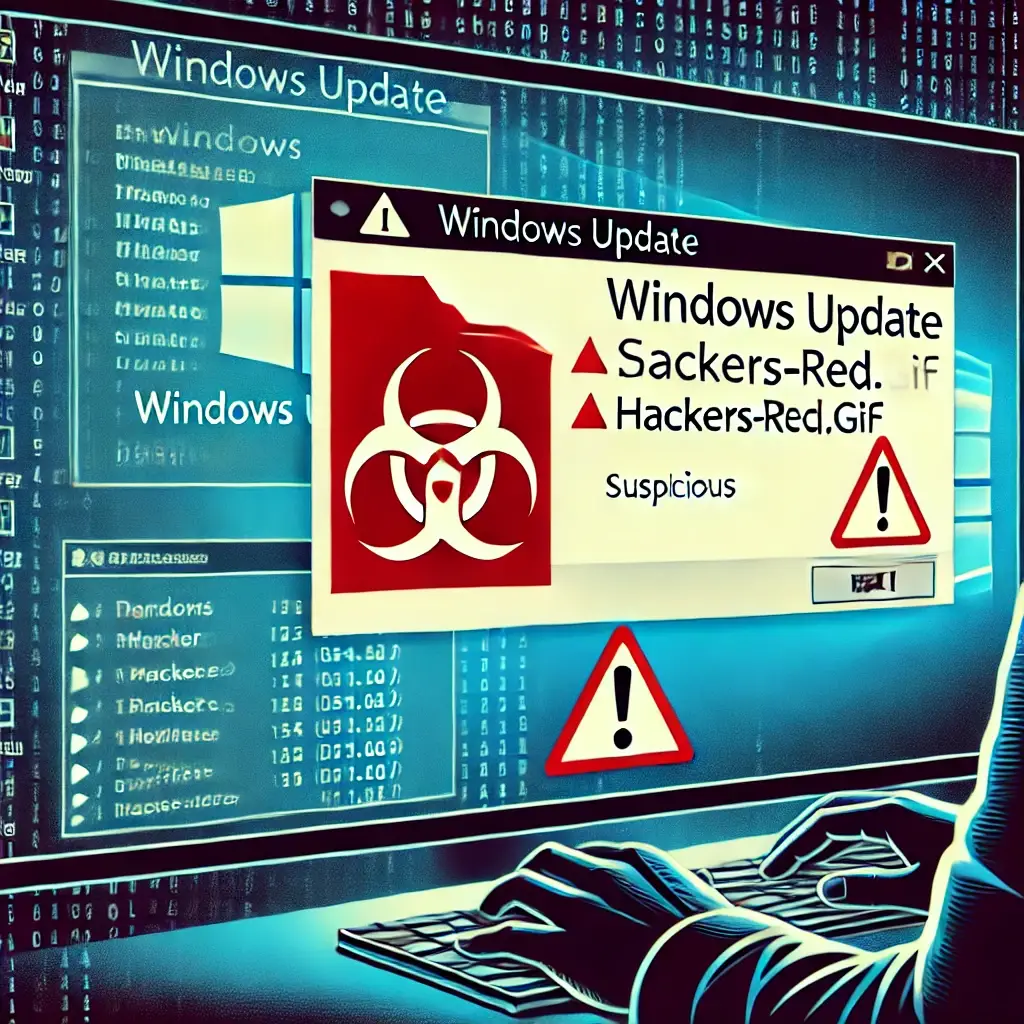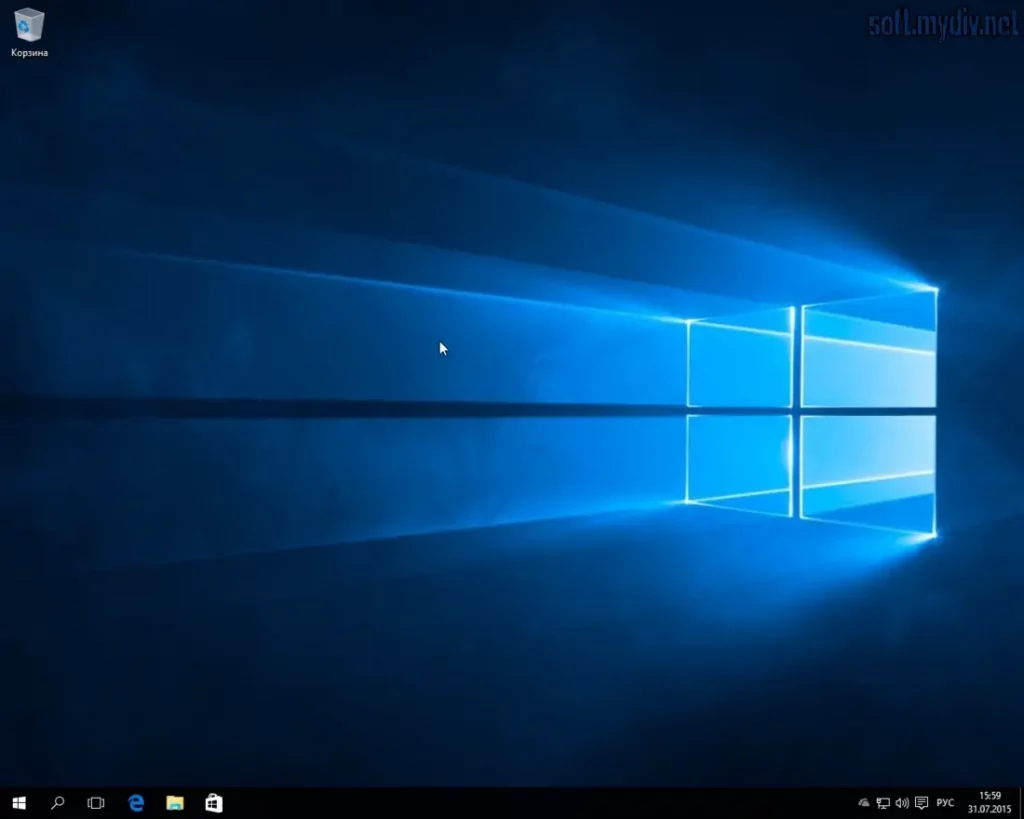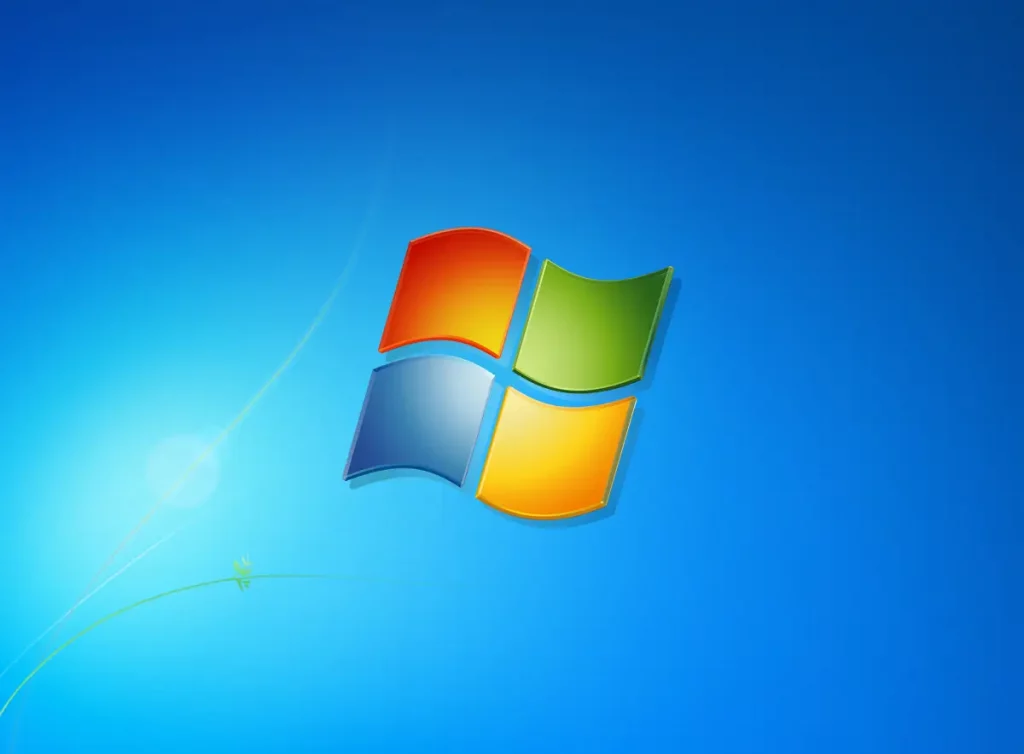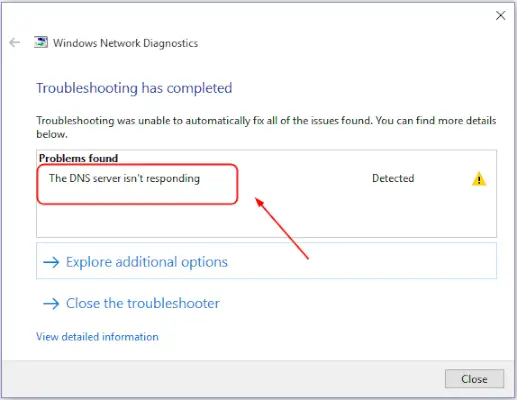After a Windows update, some users have reported encountering a suspicious file named hackers-red.gif. This unexpected appearance can be alarming, leading many to suspect a potential security breach or malware infection. In this article, we’ll explore the nature of this file, why it might appear after an update, and most importantly, how to remove it and secure your system.
What is Hackers-red.gif?
The file hackers-red.gif is not a legitimate system file and could be indicative of malicious activity on your computer. Typically, .gif files are simple image files, but in this case, the presence of “hackers” in the file name suggests a possible connection to malware or a hacking attempt. Understanding the origin and purpose of this file is crucial to protecting your system.
Possible Causes of Hackers-red.gif Appearing
The appearance of hackers-red.gif after a Windows update could be due to several reasons:
- Malware Infection: The file could be a result of malware that was activated or downloaded during the update process.
- Corrupted Update: In some cases, a corrupted update may introduce unintended files or issues, including suspicious files like hackers-red.gif.
- Phishing or Social Engineering: The file might be linked to a phishing attempt, where attackers try to trick users into interacting with a seemingly harmless file.
Steps to Identify and Remove Hackers-red.gif
1. Do Not Interact with the File
If you find the hackers-red.gif file on your computer, do not attempt to open it. Interacting with the file could potentially trigger malicious code or download further malware onto your system.
2. Run a Full System Antivirus Scan
Your first line of defense is to run a comprehensive antivirus scan. Follow these steps:
- Ensure your antivirus software is up to date. If you don’t have antivirus software, install a reputable one like Bitdefender, Norton, or Windows Defender.
- Open your antivirus program and select the option for a full system scan.
- Allow the scan to complete and follow any prompts to quarantine or delete suspicious files, including hackers-red.gif.
3. Use Malware Removal Tools
In addition to your regular antivirus software, you can use specialized malware removal tools to scan for and eliminate the hackers-red.gif file. Popular tools include:
- Malwarebytes: Known for its efficiency in detecting and removing a wide range of malware.
- HitmanPro: A cloud-assisted scanner that’s effective against zero-day threats and persistent malware.
- Spybot Search & Destroy: A tool that targets spyware and adware, which can sometimes be related to files like hackers-red.gif.
4. Inspect System Files and Startup Items
To ensure your system is completely free of malicious files, manually inspect your system files and startup items:
- Press Ctrl + Shift + Esc to open Task Manager.
- Go to the Startup tab and disable any unfamiliar programs.
- Navigate to C:\Windows\System32 and search for suspicious files. Be cautious with any deletions, as this directory contains essential system files.
- Use the Windows Defender Offline scan option for a deeper inspection.
5. Restore System to a Previous State
If the file appeared after a recent update and you’re unsure how it got there, consider restoring your system to a previous state before the update:
- Press Win + R, type rstrui.exe, and press Enter to open System Restore.
- Select a restore point from before the update and follow the on-screen instructions.
- Once the restoration is complete, verify if the hackers-red.gif file is gone.
Understanding the Risks
The appearance of a file like hackers-red.gif is concerning because it could indicate that your system’s security has been compromised. Here are some potential risks associated with this file:
- Data Breach: If the file is part of a malware attack, it could be used to steal sensitive information from your computer.
- Ransomware: In some cases, such files are associated with ransomware, which can encrypt your files and demand payment for their release.
- System Instability: Malicious files can cause system instability, leading to crashes, slow performance, and other issues.
Preventing Future Incidents
To protect your system from similar incidents in the future, consider implementing the following best practices:
1. Keep Your System Updated
While this issue arose after a Windows update, it’s generally crucial to keep your system updated to protect against vulnerabilities. Ensure that updates are downloaded from trusted sources and installed correctly.
2. Use Reliable Security Software
Invest in reliable security software that offers real-time protection against malware, phishing, and other threats. Features like browser protection and firewall monitoring can add additional layers of security.
3. Be Cautious with Email Attachments and Downloads
Avoid downloading attachments or software from untrusted sources. Always verify the authenticity of emails before opening attachments or clicking on links.
4. Regular Backups
Regularly backup your data to an external drive or cloud storage. In the event of a ransomware attack or major security breach, having a backup ensures that you don’t lose your important files.
Advanced Troubleshooting
Using Command Prompt to Investigate Suspicious Files
For more advanced users, the Command Prompt can be a powerful tool in identifying and removing malicious files. Here’s how you can use it:
- Open Command Prompt as an administrator by pressing Win + X and selecting Command Prompt (Admin).
- Navigate to the directory where hackers-red.gif is located using the cd command.
- Use the dir command to list files in the directory and check for any other suspicious files.
- Delete the file by typing del hackers-red.gif and pressing Enter.
Editing the Windows Registry
If the issue persists, you may need to edit the Windows Registry. However, this should be done with caution as incorrect changes can affect your system’s stability:
- Press Win + R, type regedit, and press Enter to open the Registry Editor.
- Navigate to HKEY_LOCAL_MACHINE\SOFTWARE\Microsoft\Windows\CurrentVersion\Run.
- Look for any entries related to hackers-red.gif and delete them if they seem suspicious.
- Exit the Registry Editor and restart your computer.
What to Do If Your System is Compromised
If you believe your system has been compromised due to the hackers-red.gif file, take immediate action to mitigate damage:
1. Disconnect from the Internet
Disconnecting from the internet can prevent further data from being sent to the attacker or more malware from being downloaded.
2. Use a Clean Device to Research and Troubleshoot
Use a separate, clean device to research solutions and download necessary tools. Avoid using the compromised device for any sensitive activities.
3. Contact a Professional
If you’re unable to resolve the issue, or if you’re concerned about potential data breaches, contact a cybersecurity professional for assistance. They can perform a detailed analysis of your system and help secure it against future threats.
The appearance of the hackers-red.gif file after a Windows update is a concerning issue that requires immediate attention. By following the steps outlined in this guide, you can remove the file, secure your system, and protect against future threats. Remember to stay vigilant and keep your system’s security software updated to prevent similar incidents.
| Action | Purpose | Steps |
|---|---|---|
| Do Not Interact with the File | Prevents triggering potential malicious activity | Avoid opening or interacting with suspicious files |
| Run Full System Antivirus Scan | Detect and remove hackers-red.gif and other malware | Use reputable antivirus software to perform a comprehensive scan |
| Use Malware Removal Tools | Enhance detection and removal of malware | Install and run tools like Malwarebytes, HitmanPro |
| Inspect System Files and Startup Items | Identify and remove other suspicious files or programs | Use Task Manager and manually inspect system directories |
| Restore System to Previous State | Revert changes made by recent updates | Use System Restore to return to a known good state |
By taking proactive steps and following the guidelines provided, you can effectively deal with the hackers-red.gif issue and ensure your system remains secure. If you have any doubts or need further assistance, don’t hesitate to reach out to a professional.




